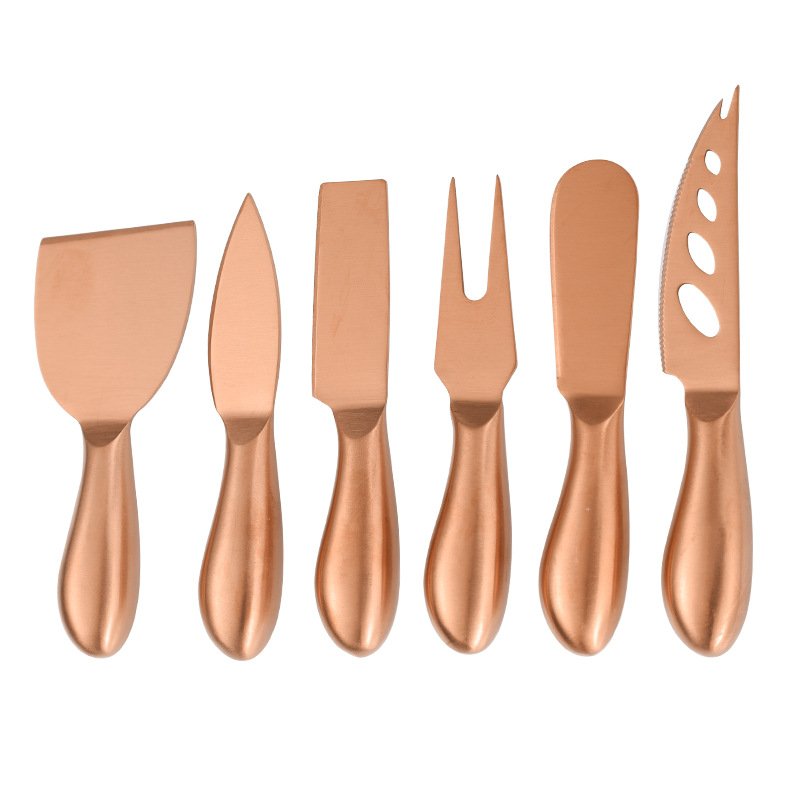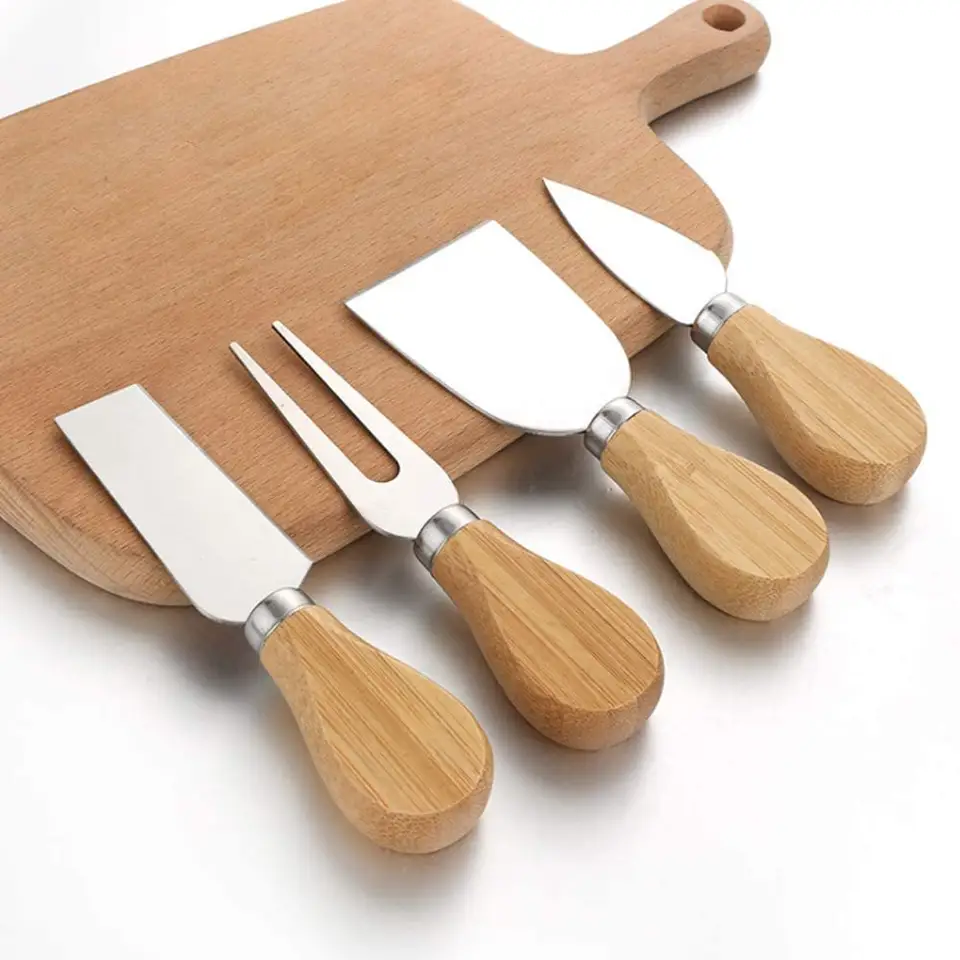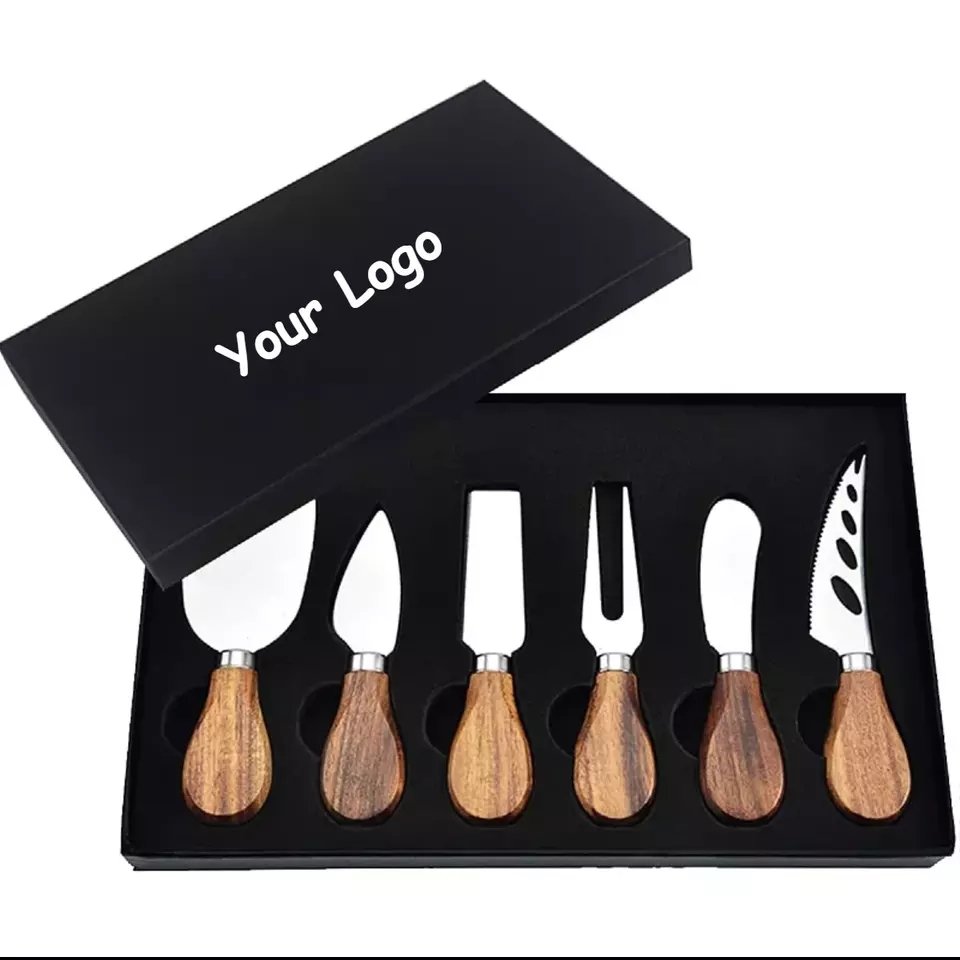When planning a dinner or event, choosing the right utensils is crucial. Should you opt for a serving spoon, or does a full set provide better options for your occasion?
The choice between serving spoons or a full set depends on your event needs. Serving spoons are great for casual settings, while a complete serving set offers a more refined and versatile option for formal occasions.
Next, let’s dive deeper into the differences and help you make an informed decision on what’s best for your event.
Table of Contents

Is a Serving Spoon Enough or Do You Need a Full Set?
When hosting a dinner or family gathering, deciding whether a serving spoon will suffice or if you should go for an entire set can be tricky. Let’s explore the pros and cons of each option.
A serving spoon is ideal for simpler meals and casual gatherings, but if you’re looking to elevate the experience, a full set with specialized utensils will provide more versatility and a formal touch.
For most casual gatherings, a single serving spoon can meet your needs, especially for foods like mashed potatoes, rice, or vegetables. However, when hosting more elaborate or formal events, having a full set of utensils becomes crucial. Serving sets include spoons, forks, knives, and often specialized items like salad tongs or dessert forks, making it easier to serve a variety of dishes. Furthermore, serving sets often come in elegant designs that elevate the overall aesthetic of your dining table. If you want to offer your guests the best dining experience, a full set is definitely a more versatile and sophisticated option.
What Makes a Good Serving Set?
A good serving set includes more than just a spoon and fork; it’s about functionality and aesthetics combined. Let’s break down what should be included in a quality set.
A well-rounded serving set should contain essential items like serving spoons, forks, knives, salad tongs, and more. These tools ensure smooth serving and a polished look on your table.
A good serving set is not just about the quantity of utensils but the variety and functionality they offer. A complete serving set should include items such as serving spoons, carving knives, salad tongs, and cake servers, ensuring that each dish is served in the most appropriate manner. The material of the set is also important—stainless steel is a popular choice for its durability, resistance to rust, and easy cleaning properties. Additionally, the design of the set should match the tone of the event. For formal events, opt for sleek and elegant designs, while casual gatherings can benefit from more relaxed, functional designs. When you have the right tools, your food presentation will shine and your guests will feel valued.
Why Choose Stainless Steel Over Other Materials for Serving Sets?
Stainless steel is the go-to material for high-quality serving sets. But why exactly is it favored over other materials like plastic or wood?
Stainless steel offers durability, rust resistance, and a sleek appearance, making it the ideal choice for both casual and formal events. It also ensures that the taste of food isn’t affected.
Stainless steel is by far the most popular material for serving sets due to its many advantages. Unlike plastic, which can stain or warp over time, stainless steel retains its shape and sheen, making it ideal for long-term use. Furthermore, stainless steel doesn’t absorb food odors or flavors, which is especially important when serving different dishes. Another key advantage is its ability to resist corrosion and rust, ensuring that your utensils will last for years with proper care. For those hosting formal events, the polished look of stainless steel can lend a modern and sophisticated touch to the table. It pairs beautifully with other upscale tableware, providing a cohesive and stylish dining experience.
Why is it Important to Use a Serving Spoon?
A serving spoon might seem like a small tool, but it plays a key role in proper food distribution and hygiene at your gathering.
Serving spoons help maintain hygiene and control portion sizes. They prevent cross-contamination and ensure every guest enjoys the same amount of food.
Serving spoons are essential for maintaining both hygiene and order at your event. When you place food on the table, using a separate serving spoon for each dish ensures that no one is using their personal cutlery to touch shared food. This is especially crucial for maintaining food safety and preventing cross-contamination. Moreover, serving spoons help control portions, ensuring that everyone receives an equal serving of food. This is especially useful when serving dishes like casseroles or stews, where it’s easy to lose track of how much you’ve dished out. By using the correct utensil for the job, you make sure that your guests enjoy their meal in the most hygienic and fair manner possible.
How Many Serving Spoons Do I Need to Buy?
Deciding on the number of serving spoons you need depends on the number of dishes you plan to serve and the type of event you’re hosting.
Typically, one serving spoon per main dish is sufficient. However, if you plan to serve multiple sides or desserts, you may need additional spoons to keep things organized.
For small gatherings, having one or two serving spoons should be enough, especially if you’re only serving a few dishes. However, if your event features several side dishes or multiple courses, consider getting one spoon per dish. This is not only practical but also helps maintain the flow of the meal. For example, a soup or stew might require a deeper spoon while a salad might require a lighter one. If you’re hosting a larger event with multiple tables or stations, additional spoons may be necessary to avoid delays during service.

What is the Etiquette for Serving Spoons?
Knowing the etiquette for using serving spoons ensures that food is served politely and safely, especially in formal settings.
Always use serving spoons for transferring food; ensure each dish has its own spoon to avoid contamination—especially important in large gatherings.
In formal dining settings, it’s essential to follow proper etiquette to maintain order and hygiene. Serving spoons should only be used for transferring food from the platter to individual plates—not for eating or tasting—which can lead to contamination. Furthermore, each dish should have its own spoon to prevent mixing flavors when serving multiple courses or different types of food. Having separate spoons not only ensures hygiene but also improves meal flow.
What Serving Platters Do I Need?
Serving platters play a significant role in food presentation. Let’s discuss the best platters to use for various types of dishes.
The types of serving platters you need depend on the number of guests and type of food—large platters work well for meats; smaller platters are ideal for sides.
When choosing serving platters consider both quantity of food and style of event. For large cuts of meat you’ll want sturdy platters large enough to fit them while smaller platters are great for sides and desserts. The platter’s material can influence function; ceramic or porcelain are elegant choices while bamboo works well outdoors. Balancing aesthetics with practicality ensures your food looks deliciously presented.





